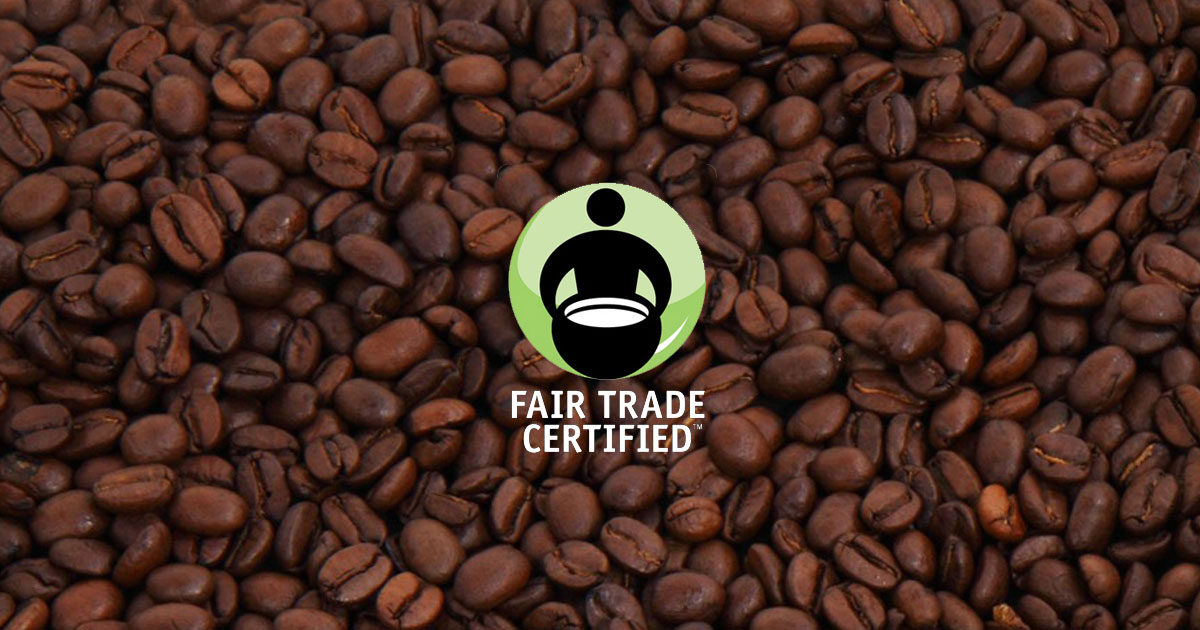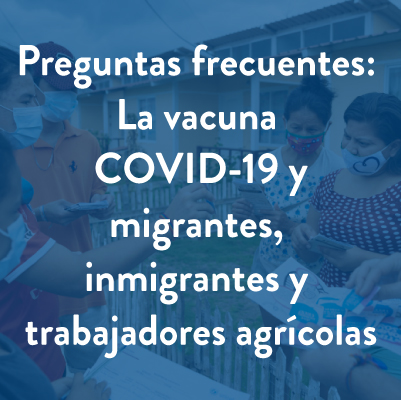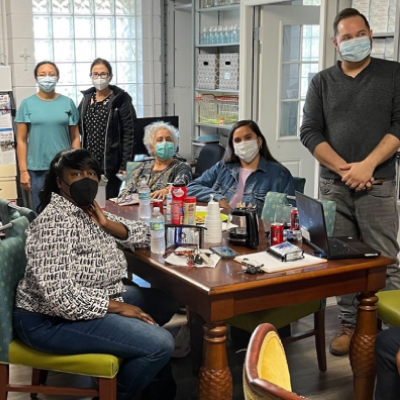- Who We Are
- Clinician Employment
- Publications
- Witness to Witness (W2W)
- El Premio Kugel & Zuroweste a la Justicia en la Salud
- Your Voice Matters: Photovoice Project
Thu, 05/04/2017 | by Claire Hutkins Seda


This week, Fair Trade standards for US-grown products went into effect, potentially changing the scope of Fair Trade in the US market and promising a new model of fair labor practices, social justice standards, and environmental stewardship among US farms relying on farm labor.
The Fair Trade logo has long been associated with coffee, chocolate, and tea, produced by small-scale farmers, farmer cooperatives, or plantation agricultural workers throughout what’s been termed the “Global South,” the less developed regions of the world that are primarily found in Asia, Africa, and the Americas. With the updated standards, farms can now certify their products grown in the US, if the farm complies with the extensive standards.
The new agricultural production standards, developed by non-profit certification and promotion organization Fair Trade USA, lay out lengthy and detailed requirements that a farm must follow to gain certification for its products, with sections on empowerment, rights at work, wages, working conditions, access to services, biodiversity, ecosystem function, sustainable production, supply chain traceability, and internal management. Some of the standards are required to be completed at the time of application, while other standards are to be completed incrementally over the first six years of certification. Through the standards, Fair Trade USA aims to “create positive, lasting change” in the areas of income sustainability, community and individual well-being, empowerment, and environmental stewardship.
The expansion of the Fair Trade certification onto US farms will allow US agricultural workers added protections that will assure greater safety on the job, better education on worker rights, and higher wages. The standards are extensive, but here is a peek at a few: For wages, the standards require that “salaries and wages are in line with or exceeding relevant Collective Bargaining Agreement (CBA) regulations and legally-mandated minimum wages for similar occupations (whichever is highest),” and also delinates that employers provide workers with vacation, sick, and maternity leave. Children under the age of 15 are not permitted to be directly or indirectly employed at any time. Under the sub-module titled “Farmers and Workers Have Access to Basic Needs and Services”, a progress criteria, one to be met over time, specifies that the employer must provide access to day-care services and primary education to all children who live on-site. Environmental impact is also addressed, with criteria specifying no deforestation, no genetically modified plantings, and several progress criteria to improve soil health, prevent erosion, practice integrated pest management, and more. Regarding pesticides, Fair Trade USA has created its own “red list” of prohibited chemicals, which include many chemicals currently permitted on US farms like paraquat and bromethalin.
“We typically associate Fair Trade with just a fair wage for the farmers, but in fact the new agricultural standards require critical health and safety measures that will go a long way for US agricultural workers, said Amy K. Liebman, MPA, Director of Environmental and Occupational Health for MCN. “We hope these standards will broaden the conversation on what ‘fair’ really is for US agricultural workers.”
A critical aspect of the Fair Trade standards is the Fair Trade premium, a portion of every product sold which is funnelled into a large fund that is managed and spent by a democratically elected and controlled committee of the agricultural workers who grew and harvested the Fair Trade products. Throughout the world, Fair Trade premiums have funded new schools, scholarships, and school supplies, better transportation options, health clinics and subsidized health insurance, and much more, all dependent on the needs and requests of the Fair Trade worker community. For US agricultural workers, who often cannot obtain affordable and accessible health care that is linguistically and culturally competent, Fair Trade premiums could greatly contribute to increased health access for families who can take care of their health needs as they arise.
While the Fair Trade label is just beginning to enter the US market, the concept of ethical certifications of US-grown or -made products is not new. The Coalition of Immokalee Workers’ Fair Food Program has made big strides for tomato workers in Florida, while Swanton’s berry farms was an early adopter of a fair wage model in California. And other lesser-known certifications exist, like Food Justice Certified. Across the nation, consumers are buying from farmers’ markets and signing up for Community Supported Agriculture (CSA) boxes, to assure in-season, locally produced, and fair food from nearby small farms, although their claims are often uncertified.
Critics of the Fair Trade label for the US market argue that the label incentivizes consumers to purchase from large and often distant farms with certification over their local smaller farms, who may engage in fair labor practices but would not complete certification themselves, due to an unlikely return on investment because of farm size and small market share. Others are concerned over Fair Trade USA’s decision to no longer certify products that followed standards created by Fairtrade International, the international coalition that has established standards and has certified farms as Fair Trade since the late 1980s. In most Western countries, the Fair Trade label designates a product that comes from a farm certified by Fairtrade International; the chain of custody is then followed from the farm to the final product packaging by the country’s host certifier. (For example, Fairtrade International certifies a tea plantation as fair trade, then Germany’s Fairtrade Deutchland follows a batch of tea from the plantation, through middlemen, shipping, and manufacturing to assure that the final product on German shelves came from the certified tea plantation.) Fair Trade USA, which was the US certifier for decades, broke away from Fairtrade International in 2011, much to the dismay of many early adopters of the label. Since then, Fairtrade America has picked up the task of being the Fairtrade International US certifier, and began to use the blue and green Fairtrade International label in the US market.
The adoption of an agricultural standard that allows for domestic production of Fair Trade Certified products is one of the key distinctions between Fair Trade USA’s standard and the Fairtrade International one. Fairtrade America and Fairtrade International continue to see the concept of fair trade at its most impactful among producers in the Global South. Other distinctions between Fair Trade USA and Fairtrade America are Fair Trade USA’s certification of seafood and of coffee plantations. The latter is particularly contentious as small cooperative coffee farmers were the first to adopt fair trade and continue to be the backbone of fair trade sales worldwide. While Fair Trade USA will accept other certification by other standards -- for example, if a chocolate farm is certified by Fairtrade International, Fair Trade USA will accept that as meeting their standards -- the opposite is not true; Fairtrade America will only accept Fairtrade International-certified products to bear the Fairtrade America label, the same logo adopted by most fair trade host certifiers throughout Europe.
The first US-grown Fair Trade Certified products will be greenhouse tomatoes, peppers, and cucumbers from Wholesum Harvest, a multinational farm that is already producing Fair Trade Certified vegetables from its farm in Mexico. Its Arizona farm is now certified as well.
Visit the Fair Trade USA Standard Revision page to read the standards themselves, with introduction and background, FAQs, and timelines, all available in English and Spanish.
Like what you see? Amplify our collective voice with a contribution.
Got some good news to share? Send it to us via email, on Facebook, or on Twitter.
Return to the main blog page or sign up for blog updates here.







